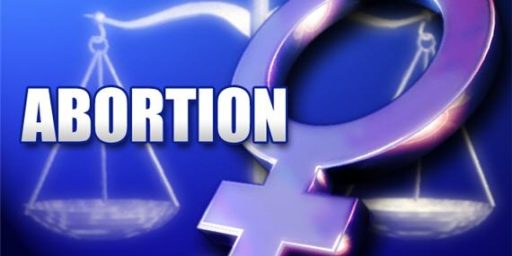IVF Imaging Eliminates Octomoms
The days of multiple births as a byproduct of IVF may soon be over.
Filming human embryos used for in vitro fertilisation (IVF) at an early stage in their development has allowed scientists to select those with the best chance of going on to develop into healthy babies with an accuracy of more than 93%.
Once the technique is available for use in IVF clinics it should eliminate the need to simultaneously implant several embryos into the uterus – a practice used to increase the chances of successful pregnancy. It could also prevent the problems associated with multiple pregnancy, which occurs when several of the implanted embryos go on to develop successfully.
Multiple pregnancies often lead to miscarriage or the need for foetal reduction – surgical removal of some of the developing foetuses. Nadya Suleman, an American known as ‘Octomom’ in the press, is an extreme example of what can happen if a large number of implanted IVF embryos are carried to term – she give birth to octuplets in 2009.
But the survival of Octomom and all eight of her children was extremely unusual. “Most women cannot carry more than two or three embryos to term – it’s very dangerous,” says Renee Reijo Pera, professor of obstetrics and gynecology at Stanford University, who led the study, published in the latest issue of Nature Biotechnology.
Remarkable news. Interesting coming the same week that IVF pioneer Robert G. Edwards won the Nobel Prize in medicine.
via Kurzweil





